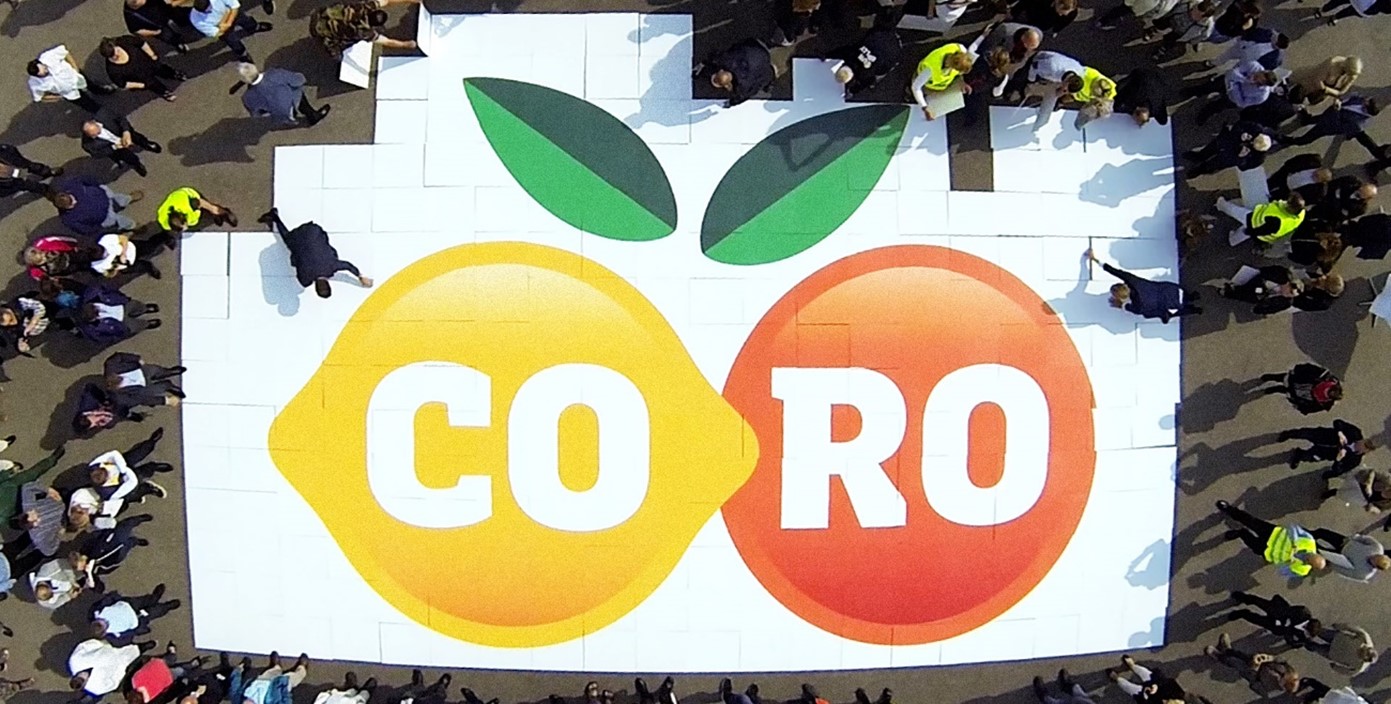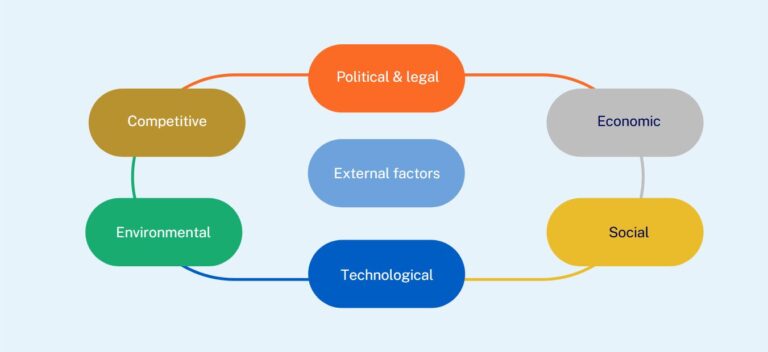
In the field with CO-RO
At a glance
- After years of steady growth in international markets, Danish fruit drink manufacturer CO-RO faced challenges due to its over-reliance on a few key regions.
- Heavy dependence on core markets in the Middle East made the company vulnerable to external disruptions.
- By proactively introducing new strategies focused on diversification and innovation, CO-RO adapted to a volatile global environment and positioned itself for future growth.
The CO-RO Group, a Danish manufacturer of fruit-based still drinks, concentrates and home-freeze popsicles (ambient ice), has grown steadily since it was founded by two brothers in Copenhagen in 1942. Initially expanding within Europe and later in the Middle East, CO-RO became a global player by doing business in markets where fruit-based drinks were rare, and managed to achieve steady annual growth of between 2% and 4%. Its brands included Sunquick, Suntop, Sun Lolly and Suncola.
For a long time, the focus remained primarily on existing businesses and markets: Few new products were launched, and no new markets were entered. Investment in research and development (R&D), at 0.5% of revenue, was modest compared to the industry norm of about 2%. The company’s success was largely driven by organic market trends, with sales increasing in line with gross domestic product (GDP) and population growth in its target countries.
For decades, CO-RO operated in favorable conditions, largely avoiding major external challenges. However, its heavy reliance on a few key markets left it exposed to external threats, particularly macroeconomic instability and protectionist measures as well as the introduction of sugar taxes in core regions. This exposure required CO-RO to reassess its strategy to build resilience and ensure long-term stability.
The broader issue
In today’s volatile world, businesses face constant disruptions, from the Covid-19 pandemic and geopolitical instability (such as the wars in Ukraine and the Middle East) to supply chain shifts, economic slowdowns, rapid technological advancements, and the introduction of tariffs and protectionist measures. These external factors – political and legal, economic, social, technological, environmental and competitive – are difficult to predict (Figure 1).

While external factors are beyond a company’s control, they also significantly influence business performance in ways that internal factors – such as human resources, organizational structure and corporate culture – cannot. Some impacts may be positive, but many pose risks to operations. Although businesses cannot control these forces, they can anticipate, mitigate and respond to them with proactive strategies to maintain success. Navigating these complexities with agility and foresight to minimize risk and capitalize on emerging opportunities has become essential.
Weathering the storms
Over-reliance on core markets
In 2015, 70% of CO-RO’s sales and 80% of its profits came from the Middle East. This heavy reliance on one region made the company vulnerable to external factors such as market fluctuations, supply chain disruptions, currency exchange shifts and regulatory changes.
The imminent implementation of a sugar tax on sweetened beverages and products with a high sugar content across Middle Eastern markets posed a significant threat. Given that these markets generated the majority of CO-RO’s revenue, the new regulations had the potential to severely impact the sales volume of its juice drinks and concentrates.
Shape for Growth strategy
Following a reorganization, CO-RO’s leadership team recognized the risk of over-reliance on the Middle East and developed its Shape for Growth strategy. This initiative aimed to reduce dependence on core markets, mitigate the expected impacts of sugar taxes and maximize the potential of CO-RO’s brands and footprint.
The strategy had three primary objectives:
- Modernize CO-RO’s organization by investing in IT systems, R&D and a new headquarters in Fredrikssund boasting an innovation lab.
- Expand its brands into new markets, including Kenya, Sri Lanka, Iran, Germany and China, by establishing new companies or joint ventures.
- Drive innovation to extend its brands to more consumer situations and target groups. This resulted in the launch of more than 150 new products.
Disruptions and their impact
However, two major macroeconomic changes threatened to fundamentally alter CO-RO’s operating landscape: the oil price crisis and a new sugar tax. The financial strain on oil-exporting countries caused by the collapse in the oil price in 2014 to 2016 triggered a wave of protectionism in the Middle East and North Africa. Among the measures introduced to offset the revenue losses were import restrictions, in particular in Iraq and Libya, making intra-region export impossible or unprofitable.
At the same time, new taxes on sugar-sweetened beverages were levied in several countries. These taxes were part of a broader effort to reduce the consumption of sugary beverages and address rising rates of obesity and other health issues. In 2017, Saudi Arabia and the United Arab Emirates introduced a 50% tax on sugar-sweetened non-carbonated mineral waters (e.g. lemonade) and fruit drinks (less than 100% fruit juice). To circumvent the taxes, CO-RO invested considerably in reformulating products to reduce the sugar content, thereby producing healthier drinks.
Did it work?
Despite the adverse external situation, CO-RO was able to offset some of the negative impacts and the Shape for Growth strategy was considered successful:
- Dependence on the Middle East and North Africa was reduced to 50% of total revenue
- New products and markets helped offset some negative impacts
- Strong market positioning was maintained in both established and new regions.
Takeaways
CO-RO’s journey offers valuable insights into the risk of over-reliance on core markets, the fundamental role of proactive strategies, and the importance of flexibility and adaptability in times of crisis:
- Over-reliance on core markets increases risk: Heavy dependence on a few regions leaves businesses vulnerable to external shocks, such as regulatory changes, economic downturns and geopolitical instability. Expanding market reach reduces exposure to localized disruptions.
- Strategic adaptation strengthens business stability: Companies must anticipate external threats and implement structured responses. CO-RO’s Shape for Growth strategy demonstrates how proactive adjustments – modernizing operations, entering new markets and fostering innovation – can help businesses navigate crises.
- Diversification builds long-term resilience: Expanding into new markets and broadening product portfolios helps mitigate risks associated with over-concentration. CO-RO’s efforts to reduce reliance on the Middle East proved essential in maintaining stability amid changing regulations and market conditions.
- Innovation is key to sustained competitiveness: Continuous investment in product development enables companies to adapt to evolving consumer preferences and regulatory landscapes. CO-RO’s new product launches helped sustain its market presence despite industry-wide disruptions.
This article is based on case IMD-7-2590, part of a series with IMD-7-2640, both available from The Case Centre at www.thecasecentre.org.
Research Information & Knowledge Hub for additional information on IMD publications
in I by IMD
Research Information & Knowledge Hub for additional information on IMD publications
in I by IMD
Research Information & Knowledge Hub for additional information on IMD publications
Research Information & Knowledge Hub for additional information on IMD publications
Research Information & Knowledge Hub for additional information on IMD publications
in I by IMD
Research Information & Knowledge Hub for additional information on IMD publications
in I by IMD
Research Information & Knowledge Hub for additional information on IMD publications
in I by IMD
Research Information & Knowledge Hub for additional information on IMD publications
in I by IMD
Research Information & Knowledge Hub for additional information on IMD publications
Research Information & Knowledge Hub for additional information on IMD publications
Research Information & Knowledge Hub for additional information on IMD publications











